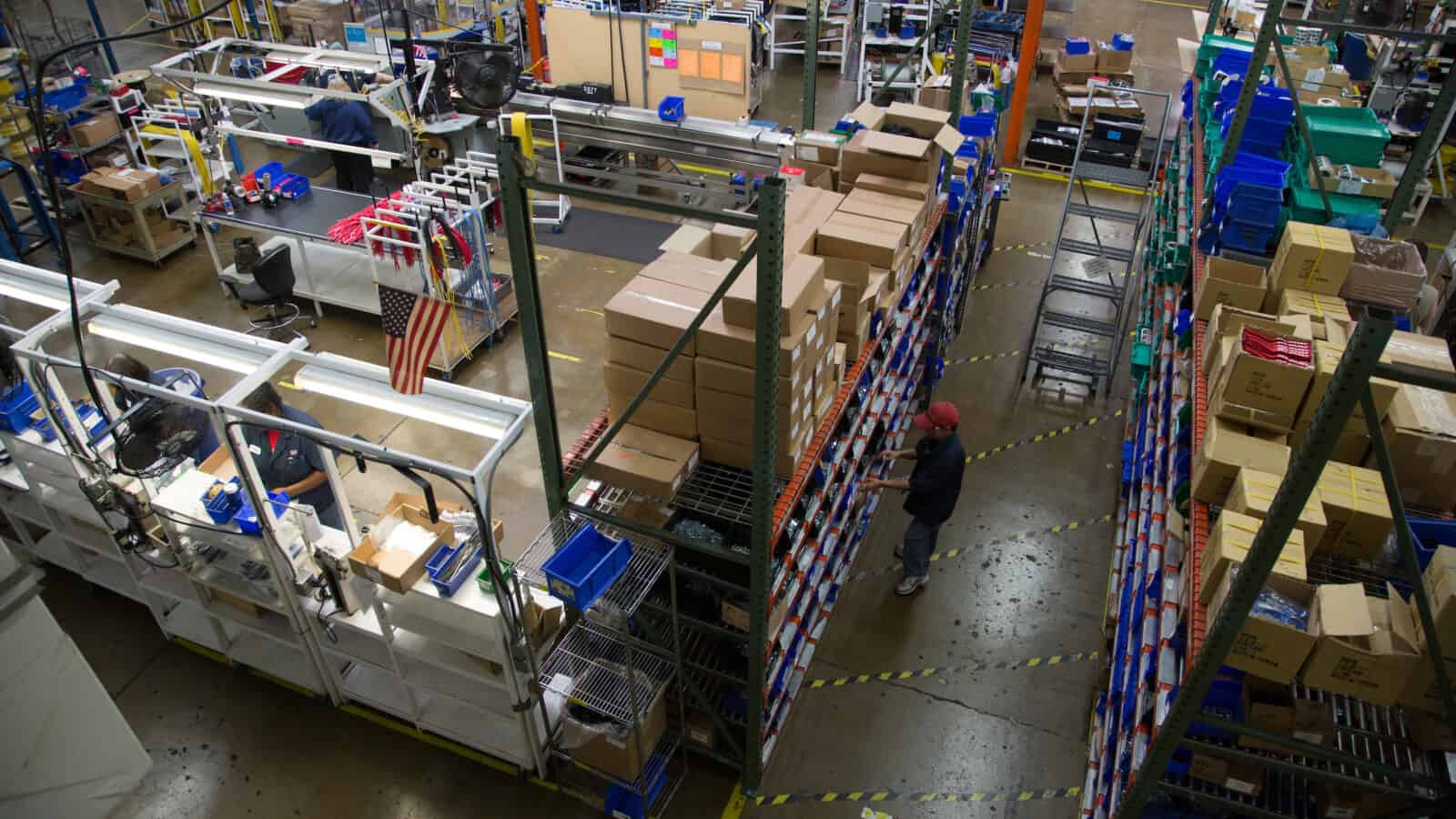Labor Market by the Numbers – July 2023
The big number: 74.4% of respondents in the Q2 NAM Manufacturers’ Outlook Survey cited the inability to attract and retain workers as their primary business concern, even amid signs of a cooling labor market. This is the third consecutive quarter in which this concern appeared at the top of respondents’ list.
- In the previous survey, more than 59% of manufacturers said that not having enough employees would impact their ability to make investments or expand.
Manufacturing: Manufacturing employment rose by 7,000 in June, continuing to seesaw from month to month over the year to date.
- The sector added just 15,000 workers during the first six months of 2023, slowing materially after adding a robust 385,000 and 390,000 employees in 2021 and 2022, respectively.
- More positively, there were 12,989,000 manufacturing employees in June, just shy of February’s total of 12,988,000, which was the most since November 2008.
Nonfarm payrolls: Nonfarm payroll employment rose by 209,000 in June, slowing from 306,000 in April but still a good figure. The U.S. economy has added 1,669,000 workers through the first half of 2023, a robust pace.
- The unemployment rate edged down from 3.7% in May to 3.6% in June, as the economy remains at or near “full employment.”
- The number of employed workers increased from 160,721,000 in May to 160,994,000 in June, which was not far from April’s record level (161,031,000). Those who were unemployed declined from 6,097,000 to 5,957,000.
- The labor force participation rate remained at 62.6% for the fourth straight month, the best rate since March 2020.
Job openings: There were 604,000 manufacturing job openings in May, down from 668,000 in April and the lowest level since February 2021. Even with the overall labor market remaining solid, the number of job postings in the sector continues to cool notably, as expected.
- Total quits in the manufacturing sector rose to 293,000 in May, an 11-month high. In addition, total quits in the overall economy increased to 4.015,000, the most since December.
- With that said, layoffs in the manufacturing sector have also risen, up to 139,000 in May, the highest level since July 2020.
- Meanwhile, nonfarm business job openings declined from 10,320,000 in April to 9,824,000 in May, a solid reading. In May, there were 62.1 unemployed workers for every 100 job openings in the U.S. economy.
Wages: The average hourly earnings of production and nonsupervisory workers in manufacturing jumped 1.0% to $26.41 in June, with 5.6% growth over the past 12 months, up from 4.7% in May.
➔ Key takeaway: Manufacturers continue to cite an inability to attract and retain workers as their top challenge. While there are signs that the labor market is cooling, both for manufacturers and the macroeconomy, employment remains not far from a 15-year high while wage growth continues to increase very solidly.
